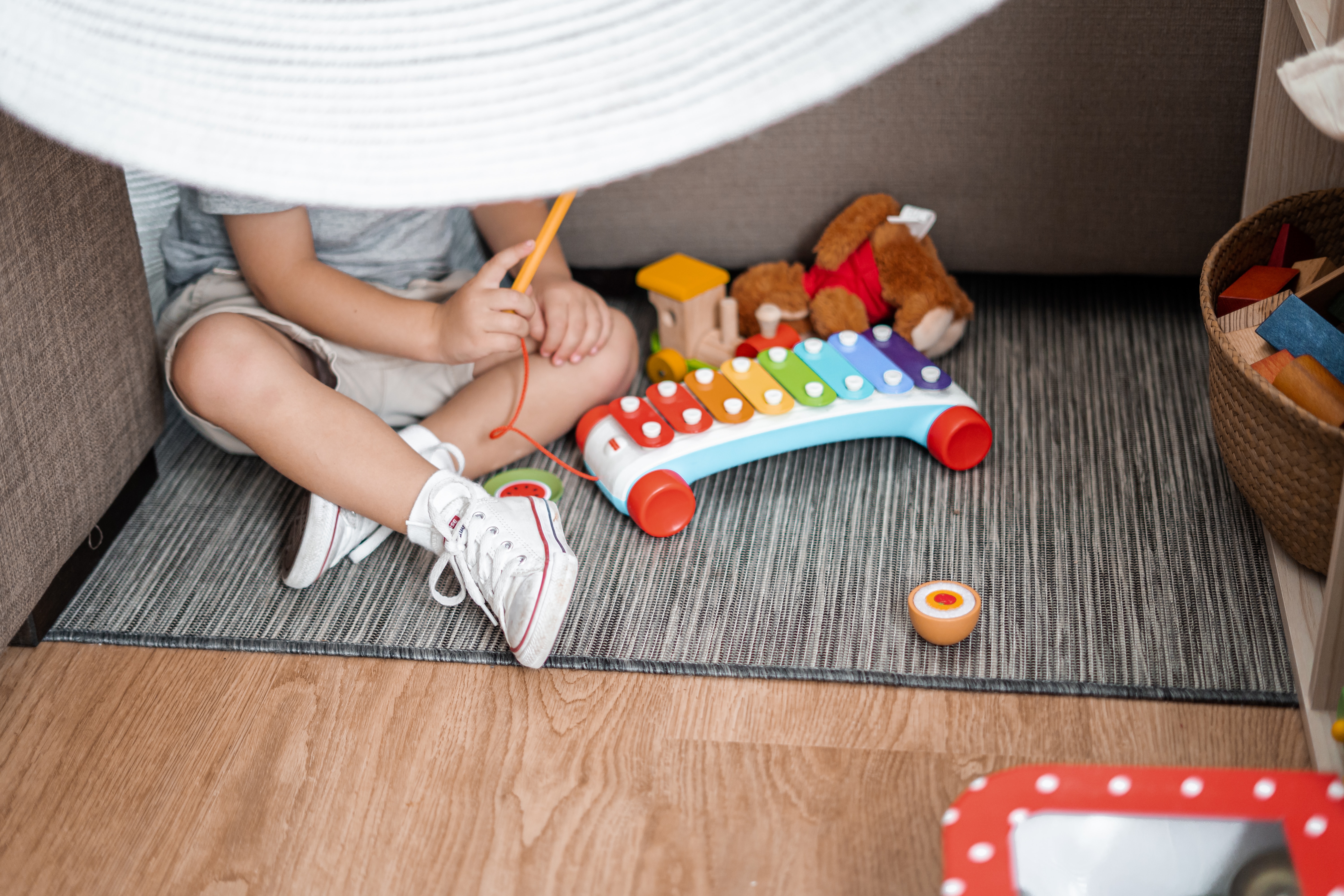 Few things are more exciting for a kid than receiving the latest cool new toy or hottest game. But parents, take note: All that ringing, buzzing and dinging could prove damaging to a child’s hearing.
Few things are more exciting for a kid than receiving the latest cool new toy or hottest game. But parents, take note: All that ringing, buzzing and dinging could prove damaging to a child’s hearing.
Kids and teenagers exposed to loud sounds for lengthy periods of time are at risk for noise-induced hearing loss.
“The best way to prevent noise-induced hearing loss is to avoid exposure to excessive noise,” says Angela Black, MD, a pediatric ear, nose and throat physician with Nemours Children’s Specialty Care. “Loud noise can cause hearing loss, and the damage can be permanent.”
Let’s break it down: Sound levels are measured in decibels, and the higher the decibel number, the louder the sound. According to the National Institutes of Health, frequent exposure to sound over 85 decibels can cause permanent hearing loss. For instance, noisy restaurants, heavy traffic and loud trucks, and power lawnmowers all produce sounds around 85 decibels. Using devices with headphones at maximum volume can generate more than 100 decibels — loud enough to cause permanent hearing damage.
Dr. Black, who sees patients at Nemours and Wolfson Children’s Hospital of Jacksonville, and also at the Wolfson Children’s Specialty Center in Lake City, suggests that parents pay attention to the noise levels in their children’s toys and activities.
“To protect your child’s hearing, listen to the sound before purchasing a toy or game, and limit the amount of exposure,” says Dr. Black. “You can measure how loud a toy is with a decibel meter or an app on your phone.”
Engaging animated toys for infants and toddlers are one of the most common ways young children are exposed to excessive sounds and noise. Although they are designed to stimulate children, many of these types of items can be dangerously loud. Some toys, including rattles, squeakers, and music-emitting toys, have been reported to discharge sounds measuring over 110 decibels — that’s comparable to power tools such as a chainsaw or jackhammer!
When buying toys this holiday season, seek out those with volume control or an off/on switch. Other options that can help reduce noise are simply removing the batteries or covering the speaker with duct tape to help reduce the level of sound.
“Lower the volume when possible,” says Dr. Black. “If you can hear a child’s device from across a room, it’s too loud.”
For older kids and teenagers, possible sources of extreme noise volume include listening to music, playing computer games, and using earphones. Dr. Black recommends parents set a limit for how long children can listen to music or play video games and how loud they can turn up the volume.
When using headphones or earbuds, listen at half the maximum volume and limit exposure to no more than 30 minutes in an eight-hour period. If available, limit a device’s maximum sound volume and utilize a parental control setting to lock it in place. If the device is not equipped with this feature, there are many apps available online that can help.
“When it comes to loud sound, the general rule is the greater the volume, the shorter the acceptable duration,” says Dr. Black. “Listening to music too loud, for several hours a day, will result in inevitable hearing loss.”
If you have questions or concerns when it comes to protecting your child’s hearing, the specialists at Wolfson Children’s Hospital encourage you to discuss these topics with your pediatrician.
















